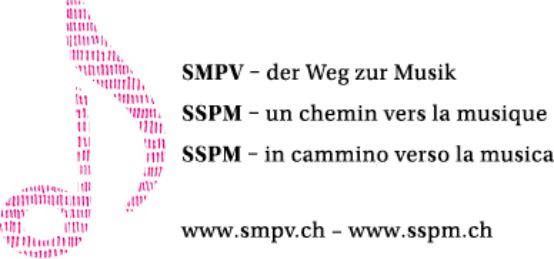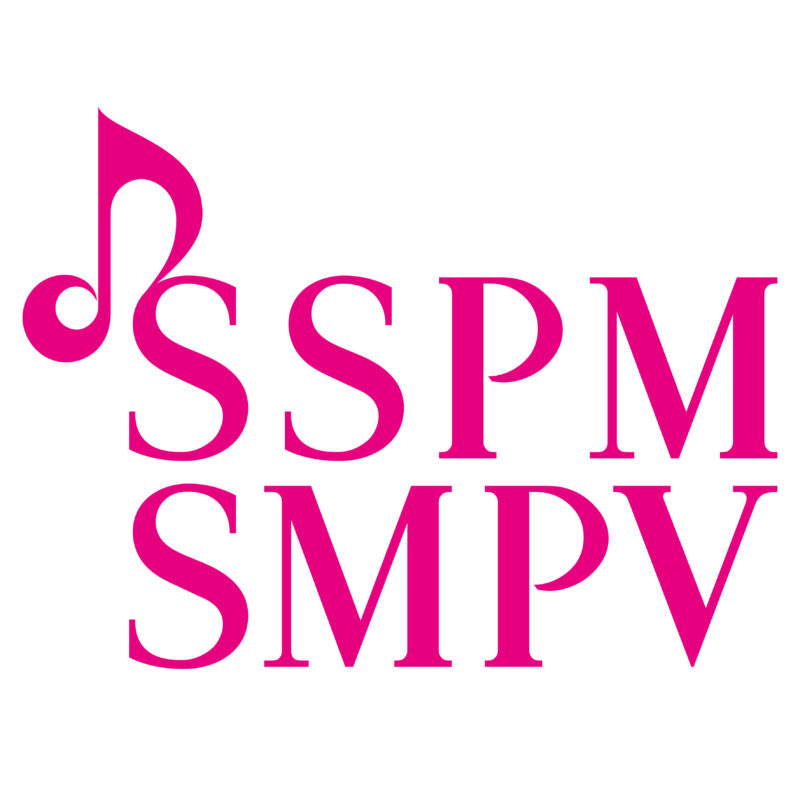Self-employed or employee? That's the question

In the music-teaching field, too, the distinction between dependent and independent gainful employment often leads to misunderstandings that can have consequences for both employer and employee. This guide from the Verom compensation fund, of which SSPM is a founding member, explains the points to watch out for.
Verom - In Switzerland, a distinction is made between dependent and independent gainful employment. Often, however, the difference between these two employment relationships is unclear, and the parties involved decide arbitrarily on the classification of a given income. This entails a risk for both partners. The law lays down clear guidelines as to how a job is to be considered. So that you can make up your own mind about the correct classification of a job or assignment, we have summarized the differences for you, presented in the form of questions:
- Who presents themselves to the outside world?
- Who issues the invoices and assumes the economic risk?
- How is the company organized, and who can give instructions?
- How many different customers does one person have?
Independent: I am a music teacher and present myself to the outside world under my own name. I have personal contact with my customers.
Employee: "Welcome to Company XY. What can we do for you?"
Self-employed people present themselves in their own name or that of their company, while employees use the company name of their employer or principal. The company name by which a person presents themselves to the outside world is a decisive factor in determining whether they are self-employed or employed. The end customer always knows whether he or she is dealing with a single, independent teacher, or with a company that employs several teachers at the same time.
Independent: I send the invoices myself. The customer's money goes directly into my account.
Employee: the company issues invoices. It passes on part of the remuneration to its employee in the form of wages.
Who invoices the customer, and what happens if the customer doesn't pay? Who bears the costs? The answer to this question gives an indication of the nature of the business. The self-employed bear the business risk themselves. They draw up the invoices and assume the collection risk. Employees provide a service on behalf of a company, and it is this company that issues the invoice to the end customer. In all cases, the employee receives a salary.
Example: Klara, a music teacher, gives her lessons on the premises of the AG school. Her pupils pay for their lessons at the AG school, and the timetable for her lessons is also drawn up by the AG school. In this case, Klara is clearly a dependent employee.
Independent: the customer is always in contact with me, and I take personal responsibility for providing musical instruction.
Employee: the company pays the music teacher a fixed fee or a fee based on the number of hours worked.
The independent person is the business partner of his principal. They receive no instructions. They can decide for themselves when and how they wish to carry out their work. They are also free to call on other people.
Dependent workers are integrated into an organization and receive instructions from their principal or employer.
Example: music teacher Klara rents premises at the AG school. She advertises her lessons herself. She also sends out invoices in her own name. End customers see no business relationship between Kara and the AG school other than the fact that teaching takes place on the school's premises. In this case, Klara is clearly considered independent.
It's possible to be both self-employed and a dependent worker at the same time
A person registered as self-employed with the compensation fund is not necessarily considered to be self-employed for all his or her activities. Each employment relationship must be examined individually. It is therefore possible for a person in the same industry to earn income from both dependent and self-employed activities.
For music teachers: if they are self-employed, they are not covered by unemployment insurance. What's more, they are not insured with the important second pillar, the pension fund. They pay their own social security contributions. Furthermore, employment law (e.g. protection against dismissal, etc.) does not apply to them.
For the principal or employer: if an AVS check concludes that the compensation he has paid, contrary to his assumption, represents income from a dependent activity, he will have to pay AVS contributions retroactively to the compensation fund. He will also be charged interest on arrears of 5 %. In principle, he could request payment of employee contributions from the former service provider, but in practice this proves rather difficult.
If in doubt, contact the Verom compensation fund directly. If, as an SSPM member, you do not know whether your activity as a music teacher should be classified as dependent or independent, you can ask the Verom compensation fund to check this at any time. If, as an employer, you are convinced that the allowances you pay correspond to independent income according to the above criteria, ask the self-employed person for confirmation that he or she is registered as such with a compensation fund. Every self-employed person is registered with a compensation fund and receives a certificate when he or she joins.
The AHV specialists at Verom Compensation will be happy to answer any questions you may have. You can reach us by telephone on 044 253 93 91 or by e-mail at info@verom.ch.








